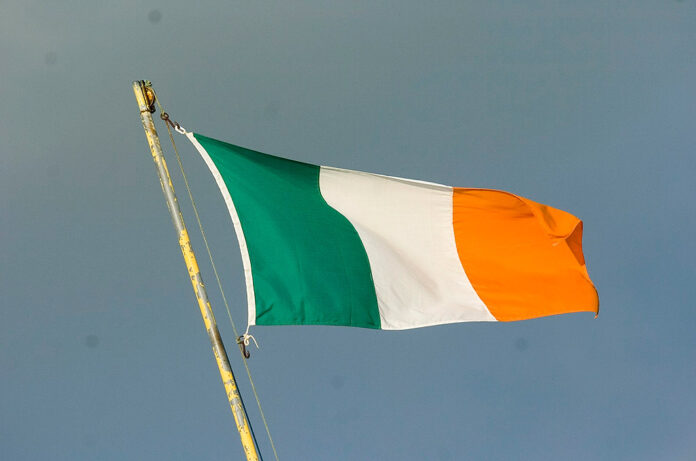More than half those killed in the 1916 Easter Rising were ordinary members of the public, it has been outlined.
This detail was explained at the launch by Taoiseach Enda Kenny of the 1916 Easter Rising Necrology compiled by the Glasnevin Trust. The necrology contains the names of all 485 people who lost their lives in the 1916 rising, including innocent civilians, British soldiers, as well as members of the Irish Volunteers. This is the first time a list of this scale has been collated and made available online.
The Necrology, researched and complied by the Glasnevin Trust, shows 485 men, women and children were killed during or as a direct result of the 1916 rebellion. This major piece of research revealed many interesting and previously unknown facts, the most striking of which details that 54% of total dead were civilians, as opposed to British Army or Rebel forces. The full Necrology and statistical analysis is available on www.glasnevintrust.ie.
An Taoiseach congratulated Glasnevin Trust for undertaking this important research, which will allow people to remember and honour every individual who lost their life during the 1916 Rising.
“It brings home to us the very real impact that the events of Easter 1916 had on ordinary members of the public, as well as those directly involved in the Rising itself. I am particularly pleased that this material is now available, as we in Government continue our work to develop a comprehensive and inclusive programme of events to commemorate the Easter Rising,” said Mr Keny.
John Green, chairman, Glasnevin Trust, added,“This extensive body of research and resulting Necrology for the 1916 Easter Rising shows Glasnevin Trust’s continued commitment to honour all those who lost their lives in 1916, incorporating as it does Irish volunteers, civilians and British soldiers alike.
“This act of remembrance is in keeping with Daniel O’Connell’s stated purpose in establishing Glasnevin Cemetery – ‘to bury people of all religions and none’. We have diligently followed O’Connell’s instruction for 180 or so years here at Ireland’s necropolis and will continue to do so. “
A native of Ennis, Colin McGann has been editor of The Clare Champion since August 2020. Former editor of The Clare People, he is a journalism and communications graduate of Dublin Institute of Technology.


